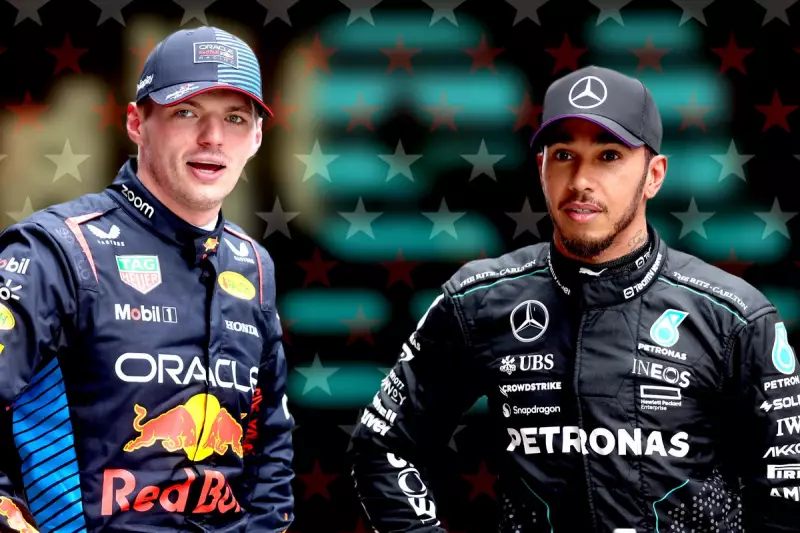
In a development that has sent shockwaves through the Formula 1 paddock, seven-time world champion Lewis Hamilton is reportedly on the verge of a sensational switch to Ferrari for the 2025 season.
The British racing icon, who has been with Mercedes since 2013, is said to be finalising a deal that would see him replace Carlos Sainz and form a dream partnership with Monegasque driver Charles Leclerc.
The End of an Era at Mercedes
Hamilton's potential departure marks what would be the conclusion of one of the most successful partnerships in F1 history. During his tenure with Mercedes, the Stevenage-born driver has secured six of his seven world championships, establishing himself as one of the sport's all-time greats.
This move comes despite Hamilton signing a two-year contract extension with Mercedes just last summer, though it's understood the second year contained performance-related clauses or exit options.
Ferrari's Grand Ambition
For Ferrari, securing Hamilton's signature represents a major coup and signals their determination to return to championship-winning form. The Scuderia hasn't claimed a drivers' championship since Kimi Räikkönen's 2007 triumph, and team principal Fred Vasseur has been aggressively pursuing top talent to revive the team's fortunes.
The potential Hamilton-Leclerc pairing would create one of the most formidable driver lineups on the grid, combining experience and youth in what many would consider a dream team configuration.
What This Means for the Grid
The domino effect of this move could reshape the entire driver market for 2025:
- Carlos Sainz would become one of the most sought-after free agents
- Mercedes now faces the challenge of finding a replacement worthy of Hamilton's seat
- Other teams may need to reconsider their long-term driver strategies
While neither team has made an official announcement, sources close to the negotiations suggest the deal is at an advanced stage, with formal confirmation expected in the coming days.
This potential transfer represents not just a team change, but a seismic shift in the F1 landscape that could define the sport's competitive dynamics for years to come.





